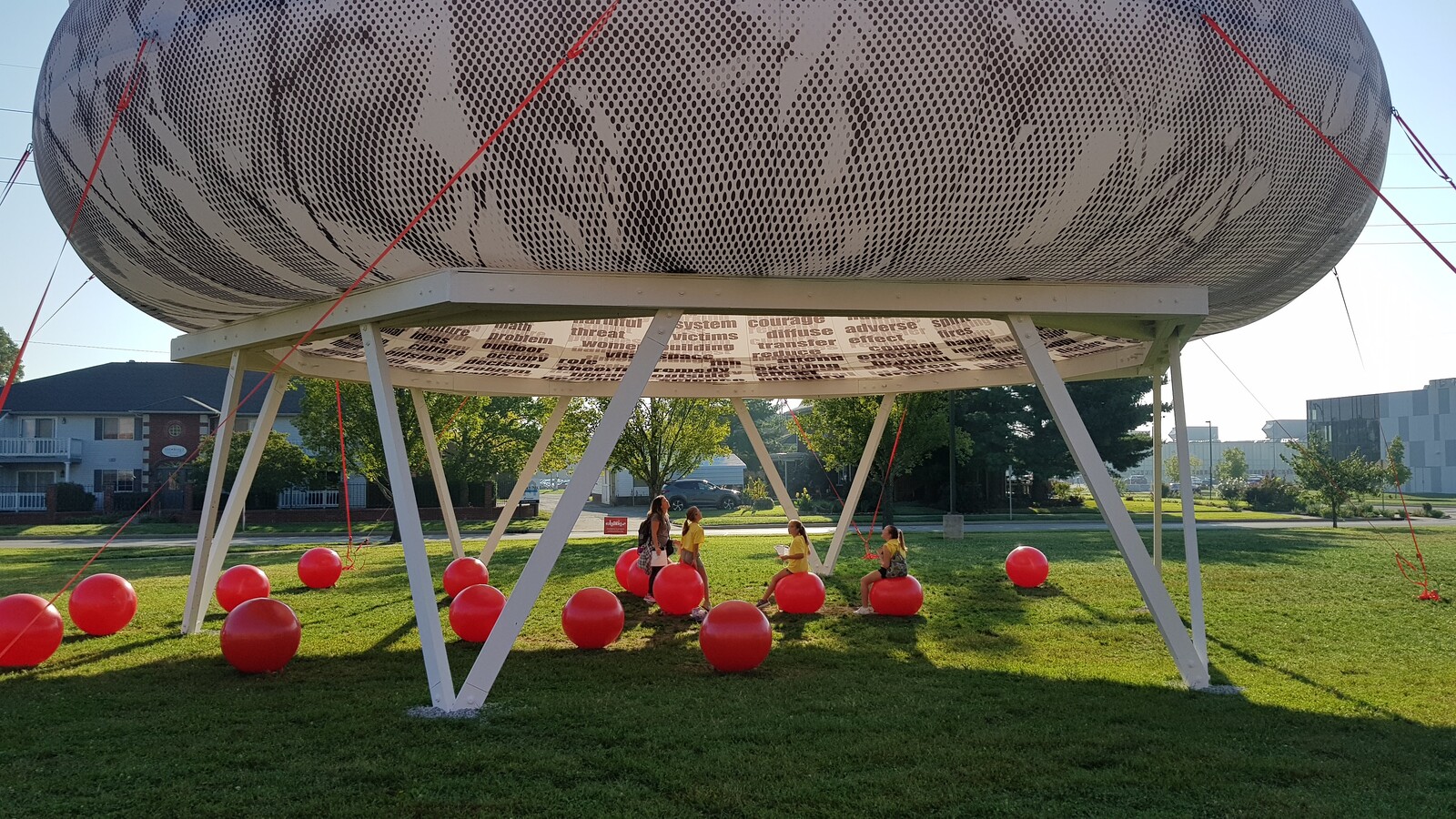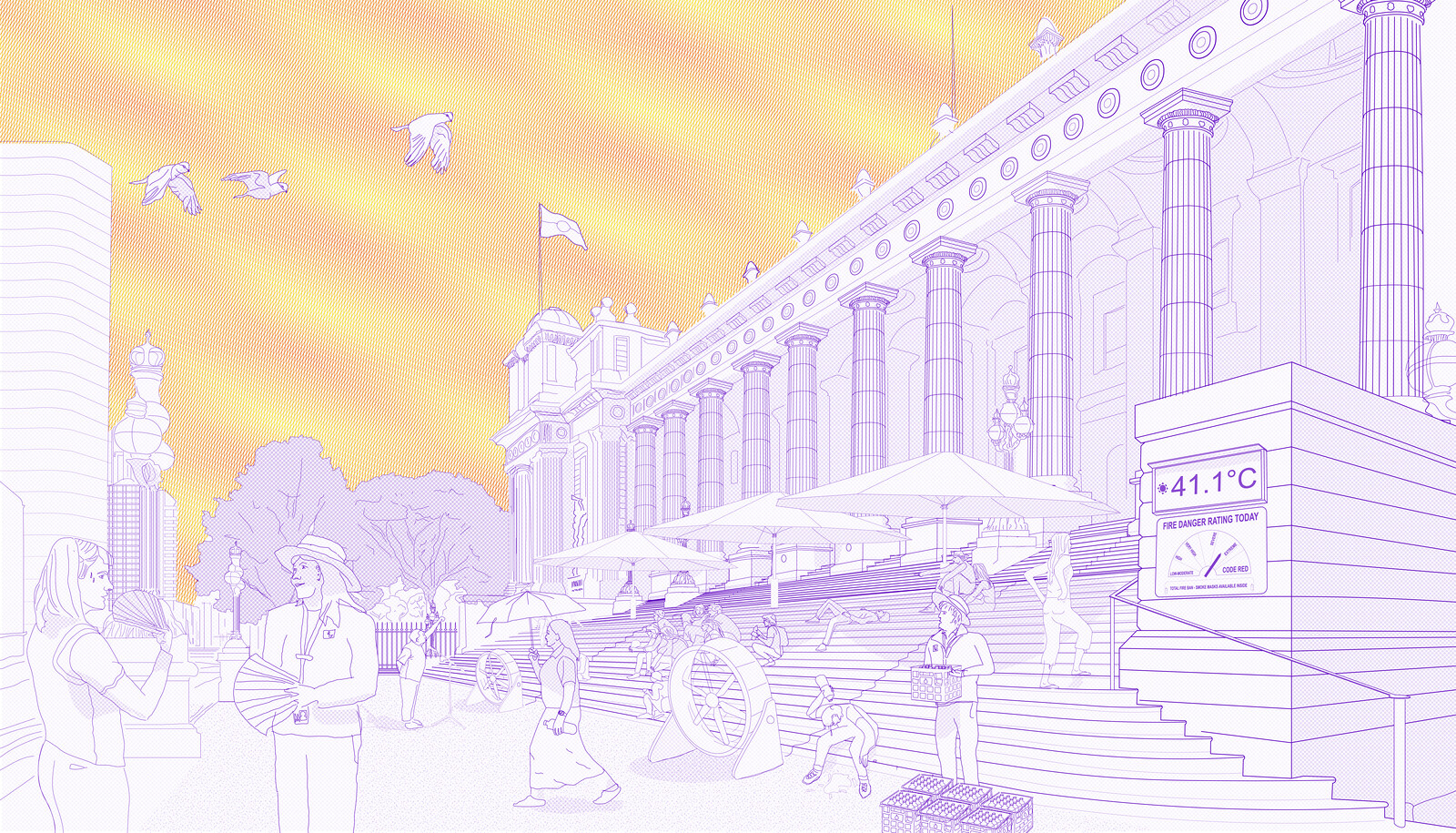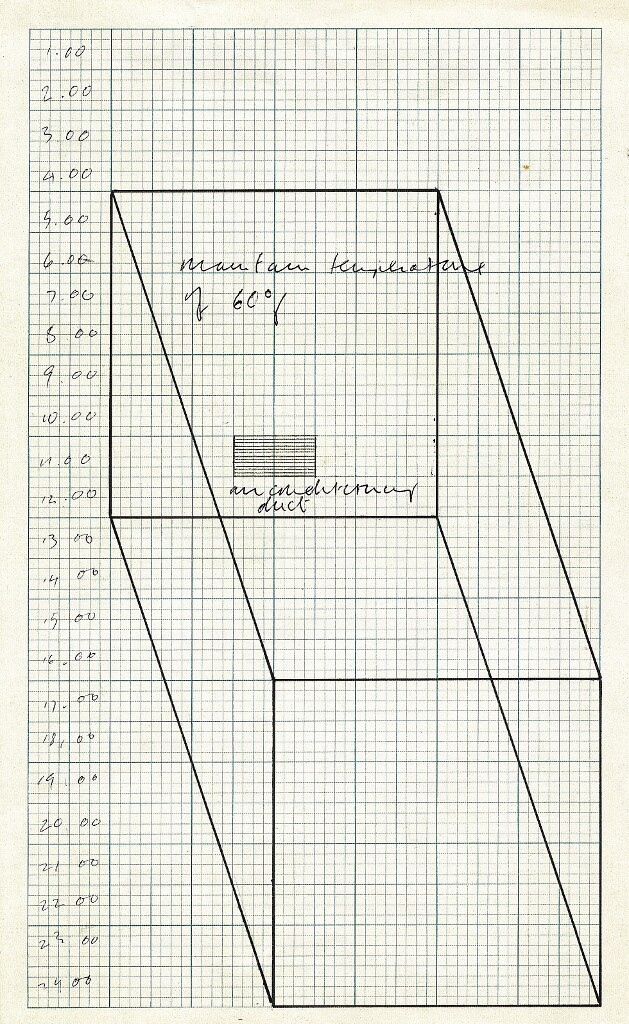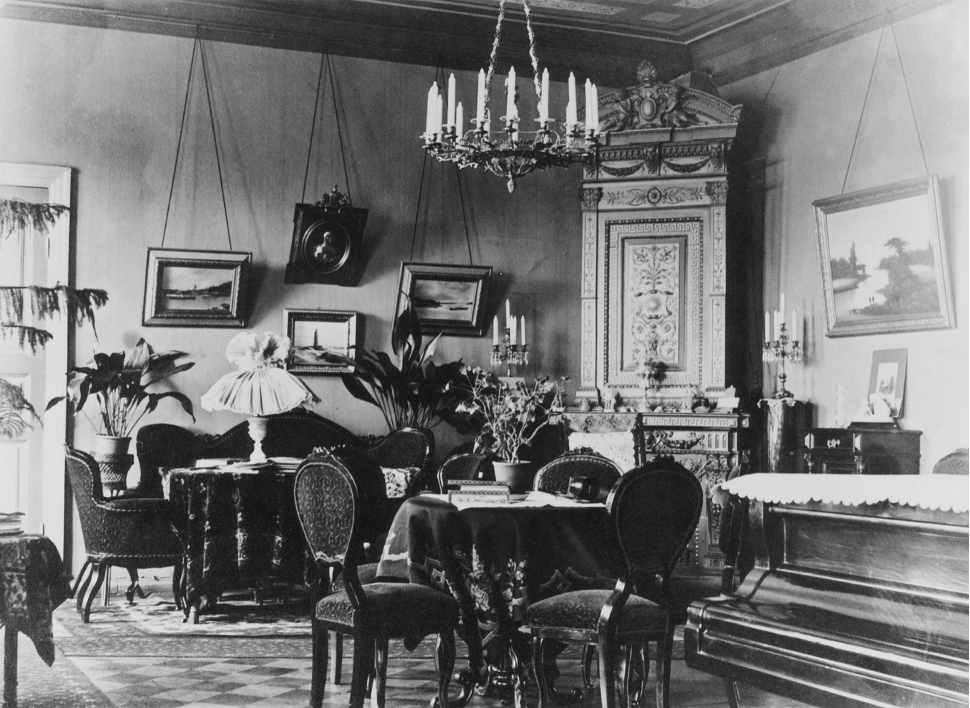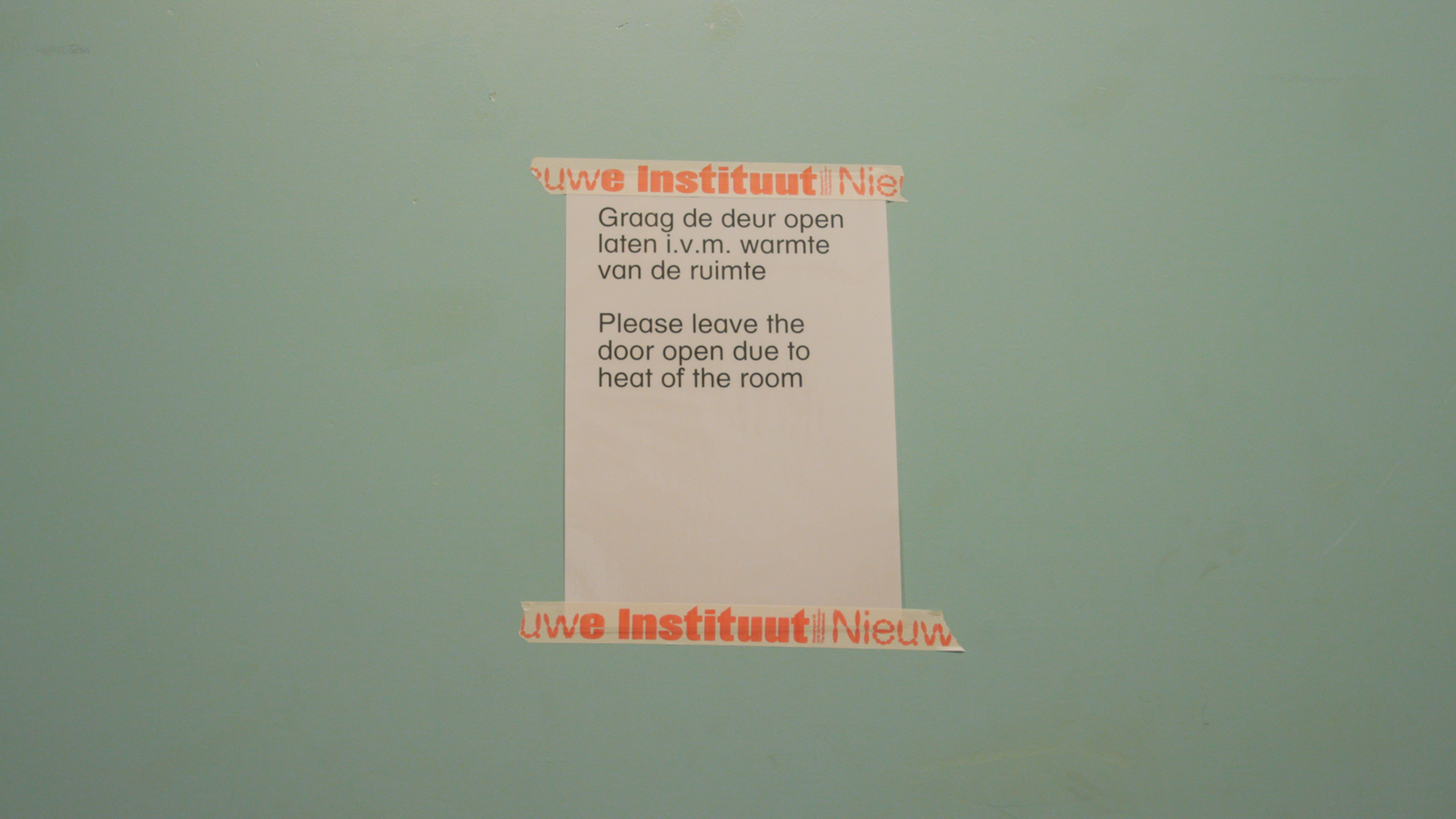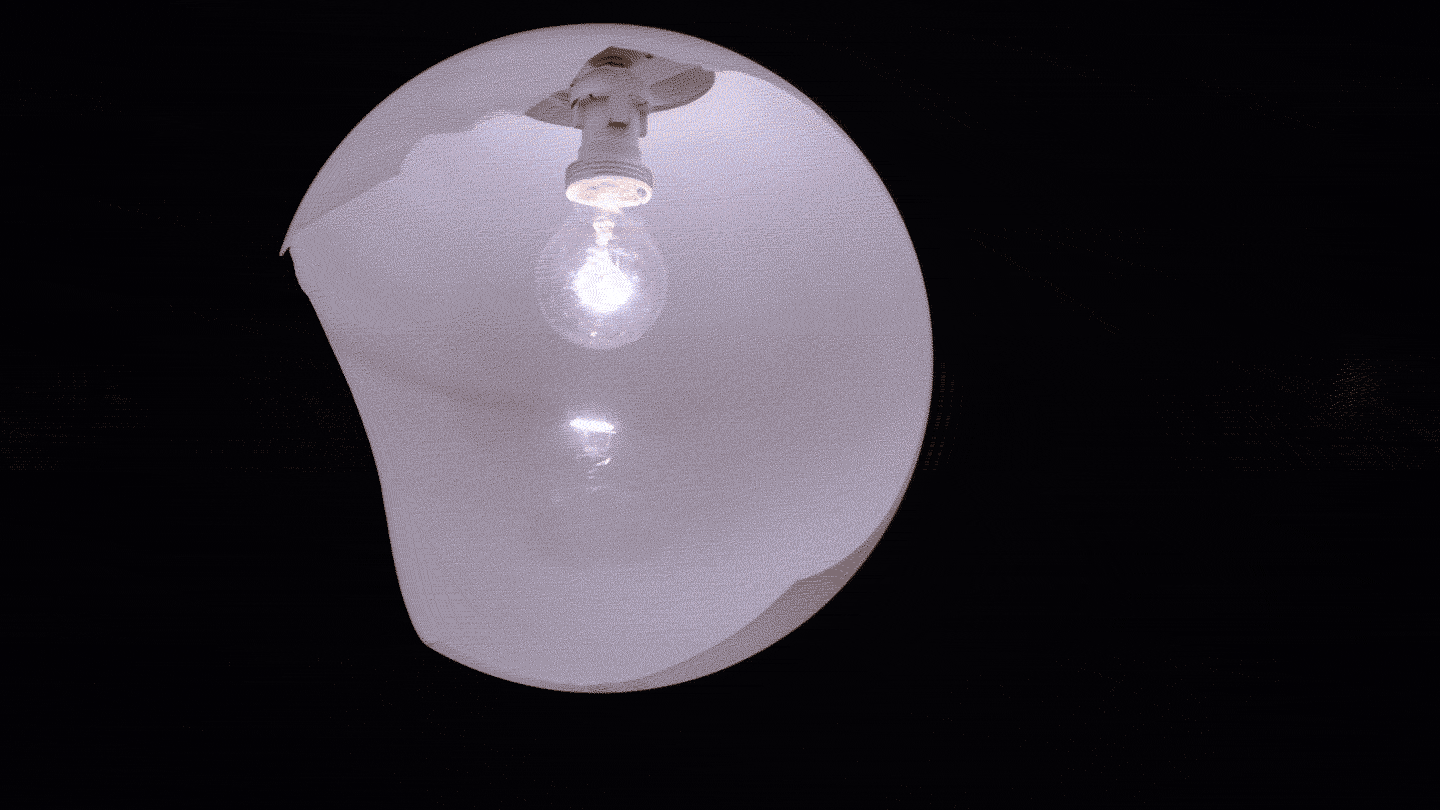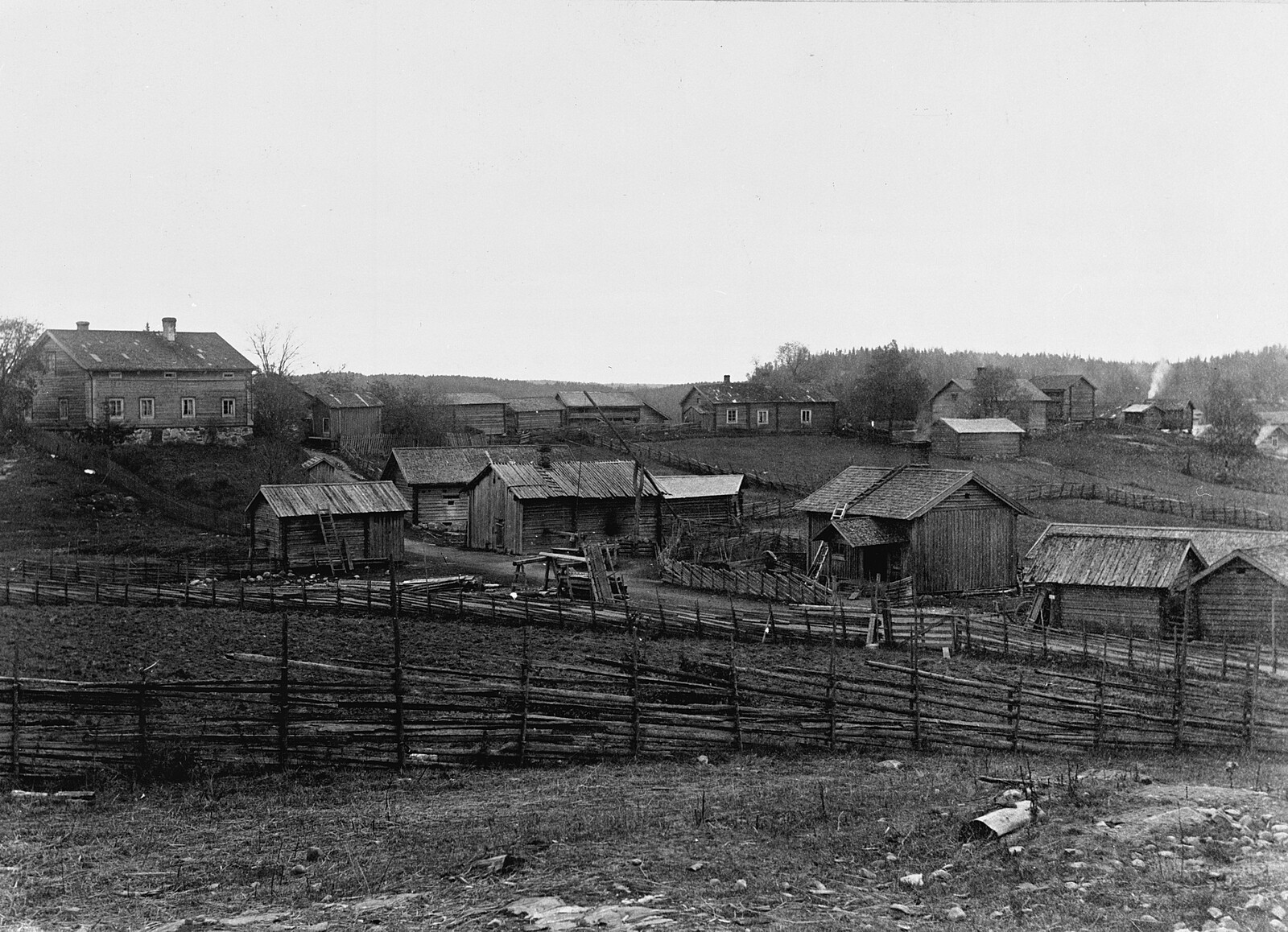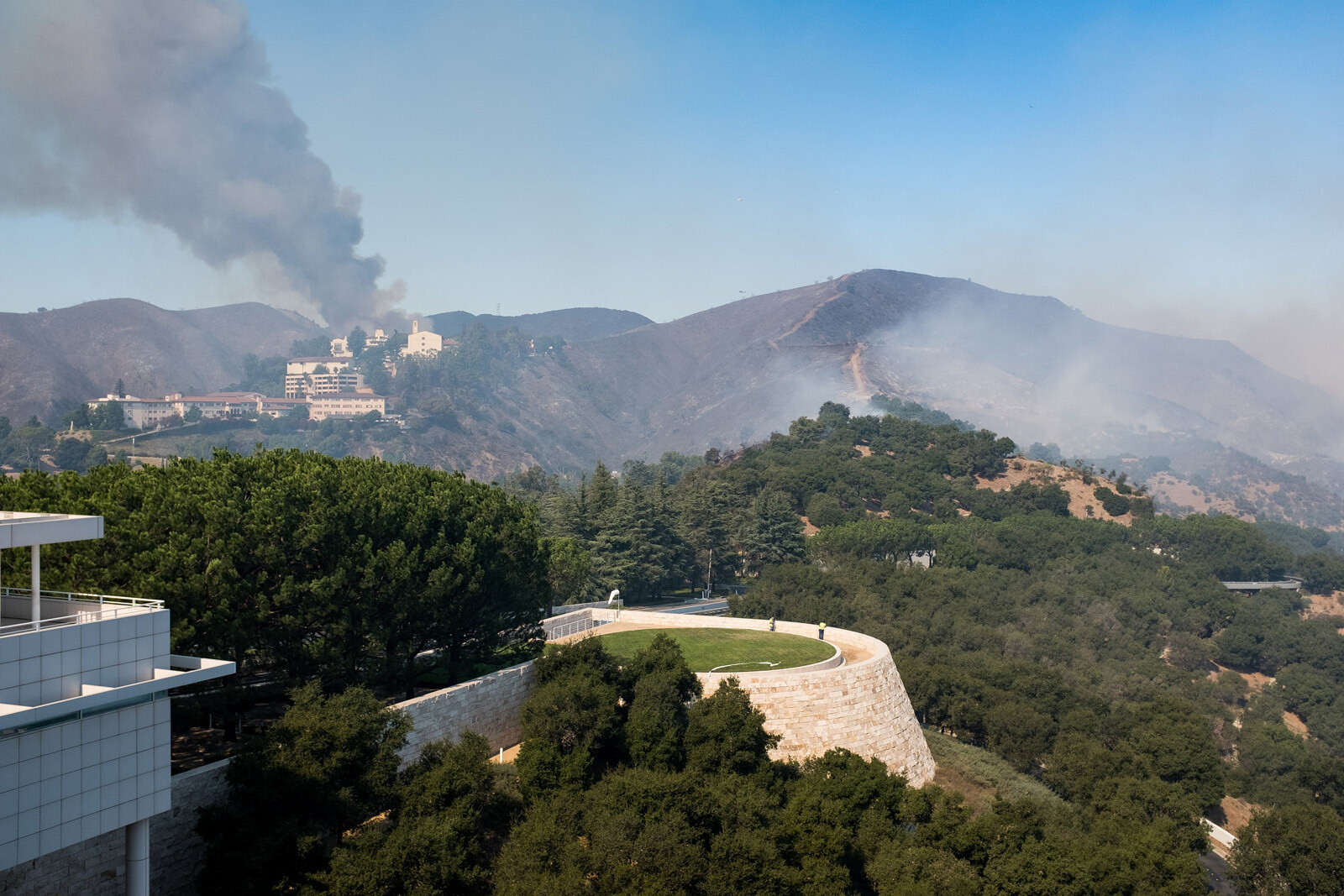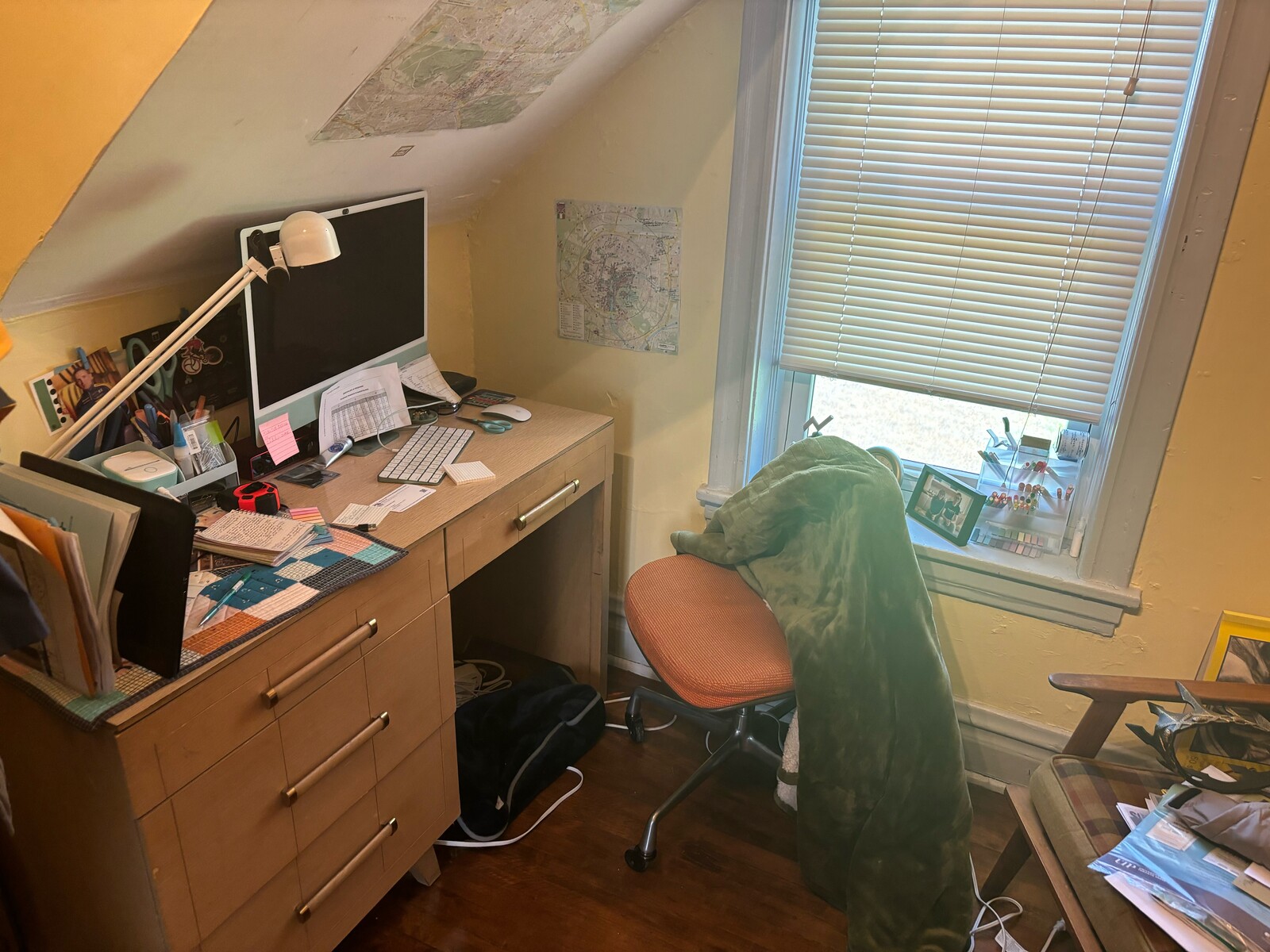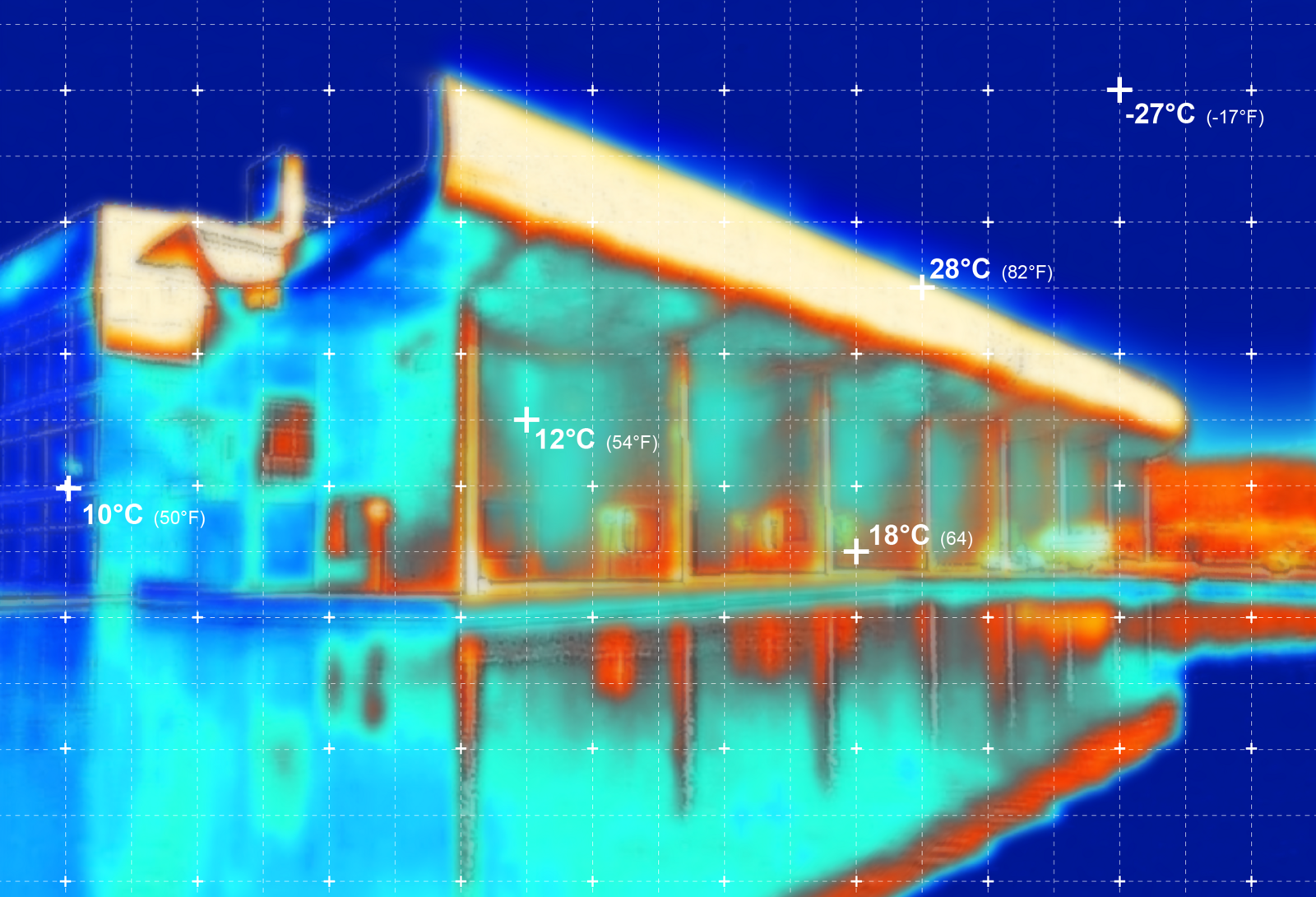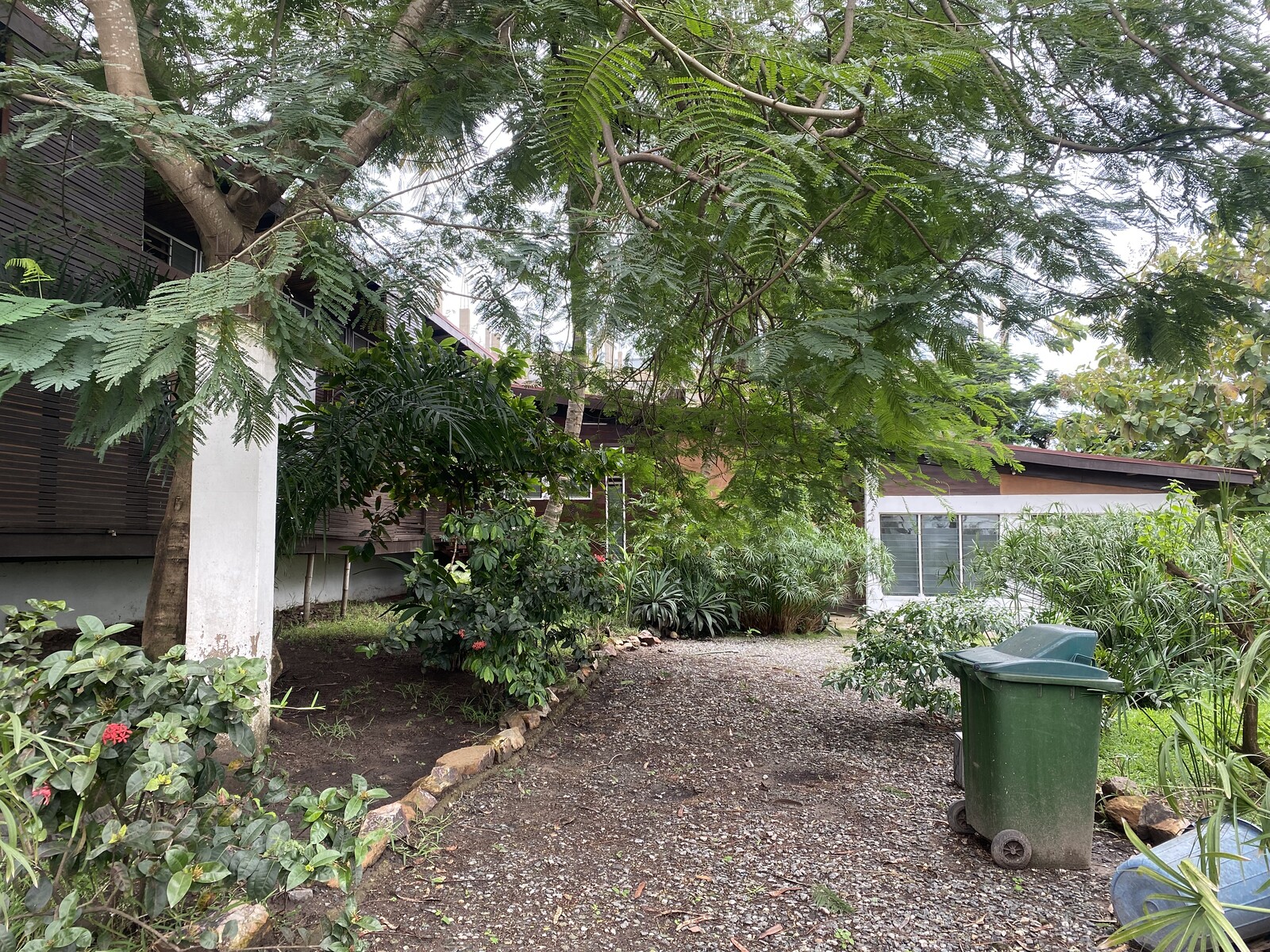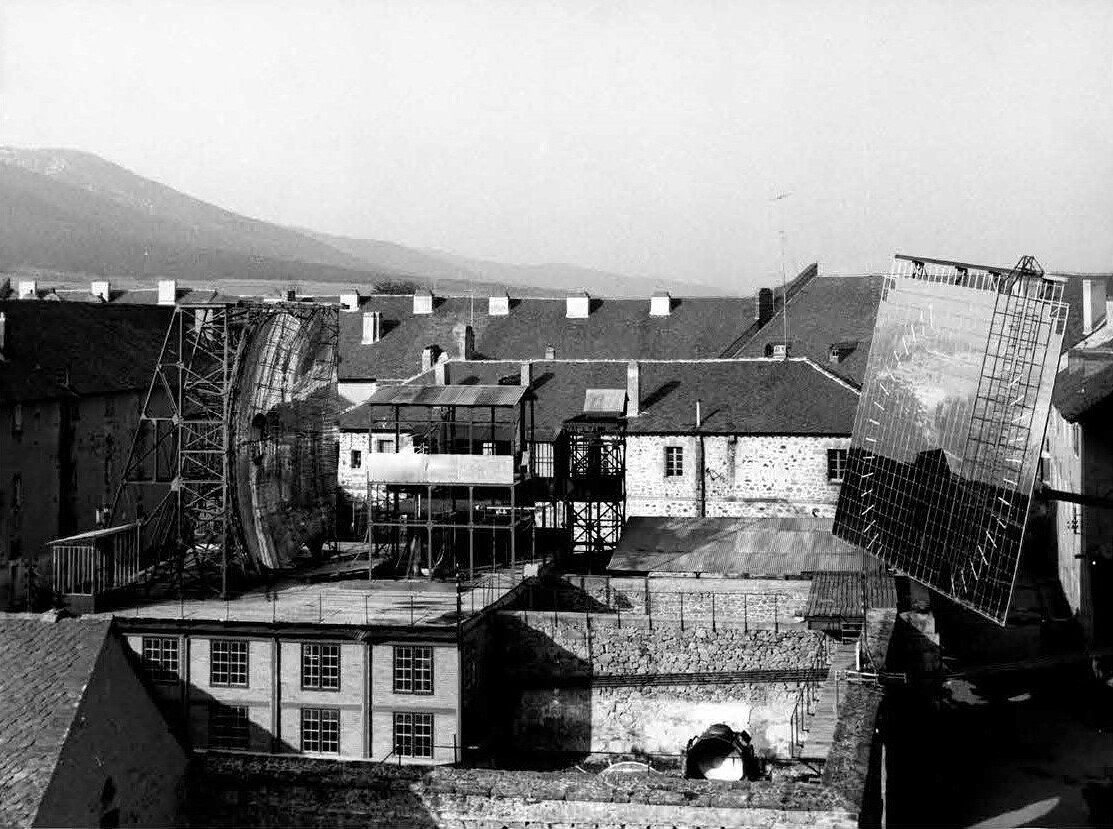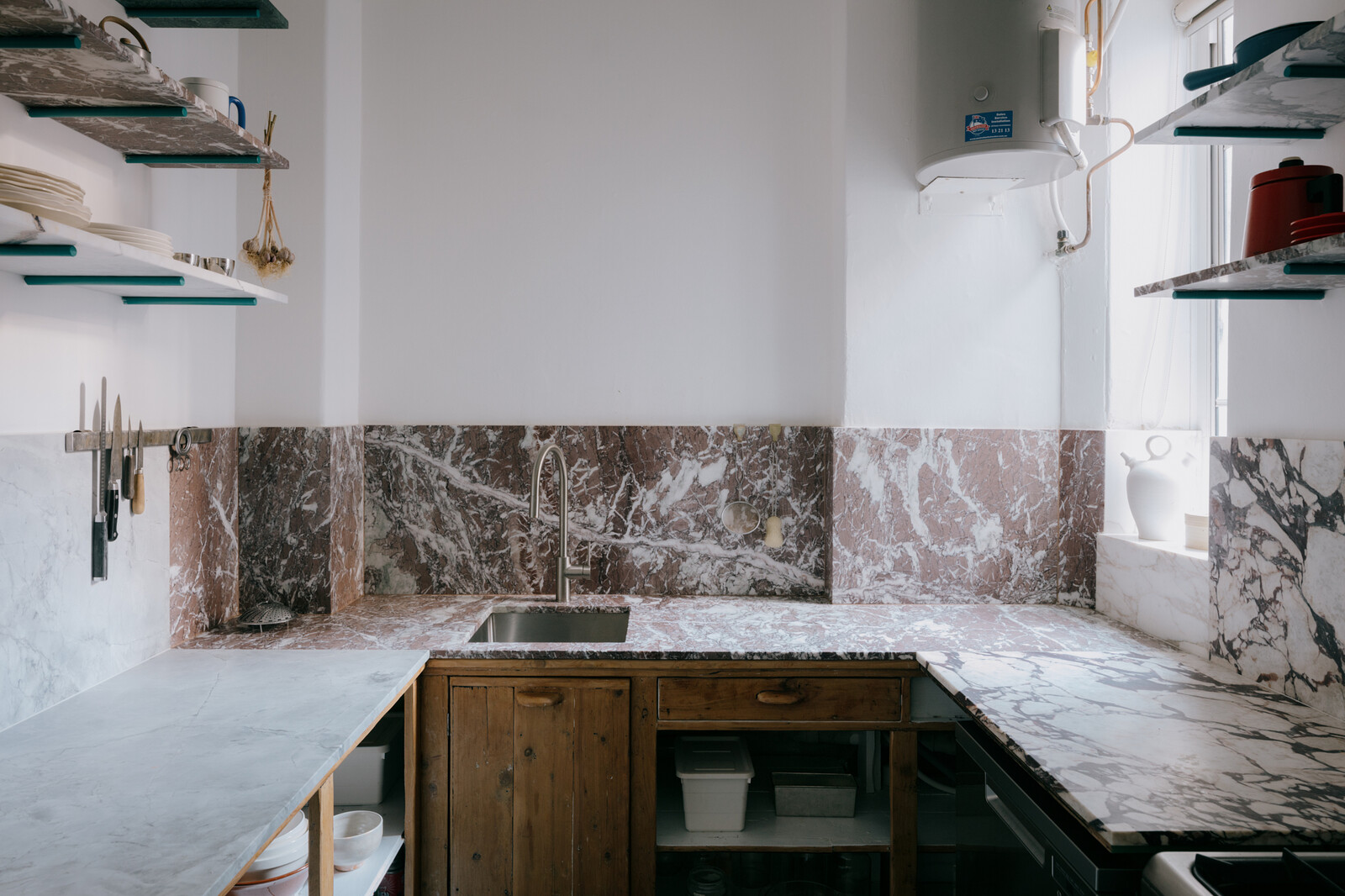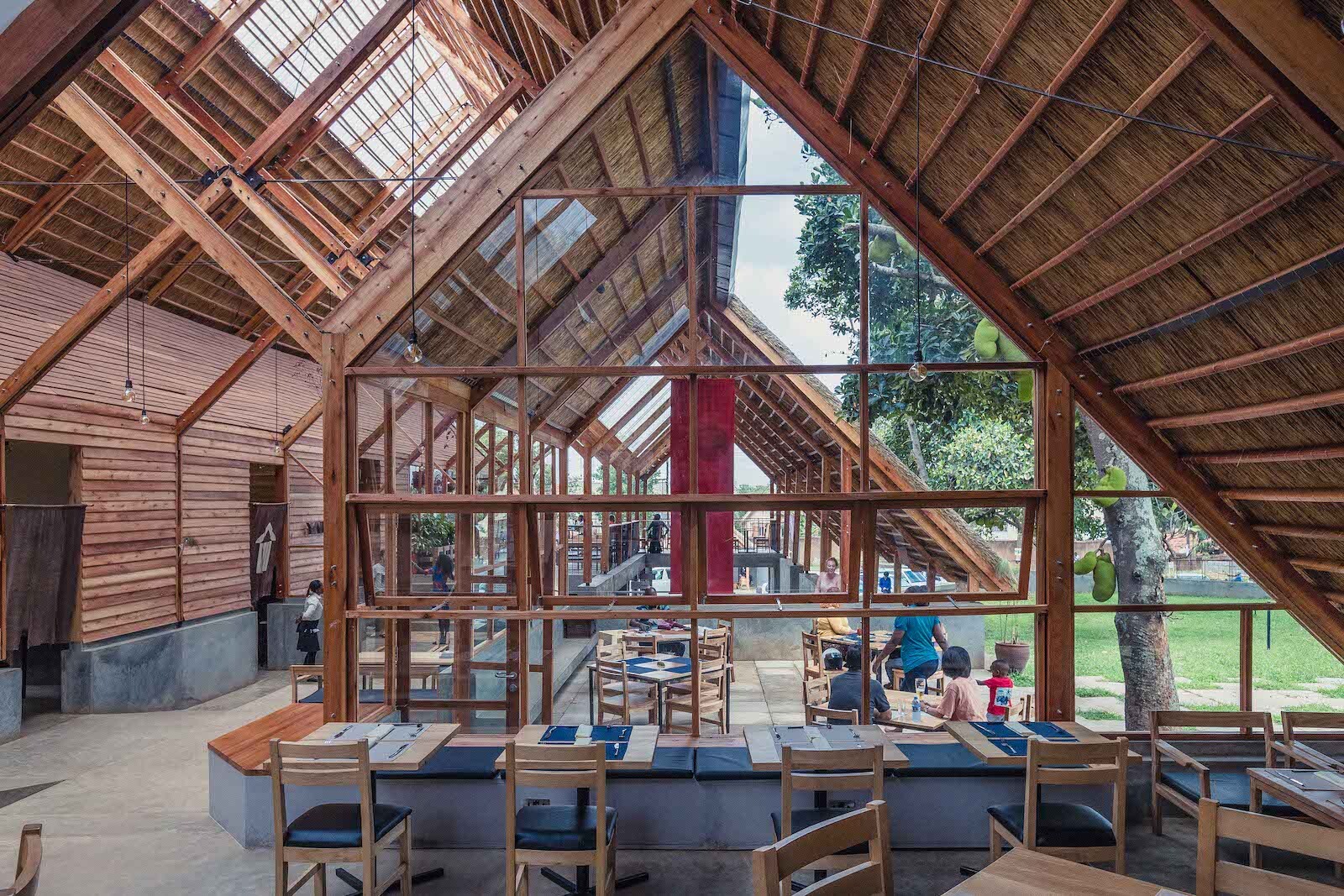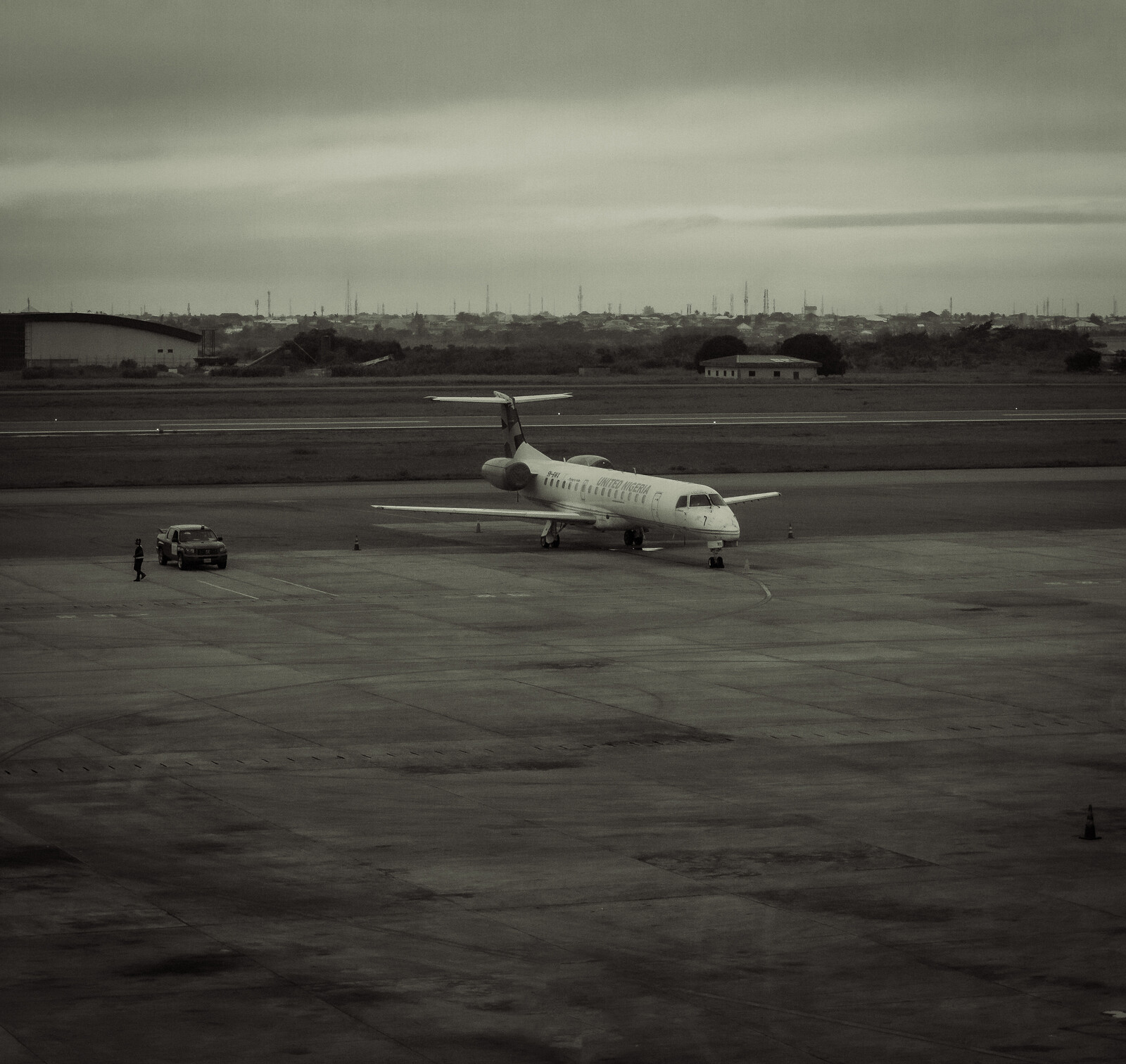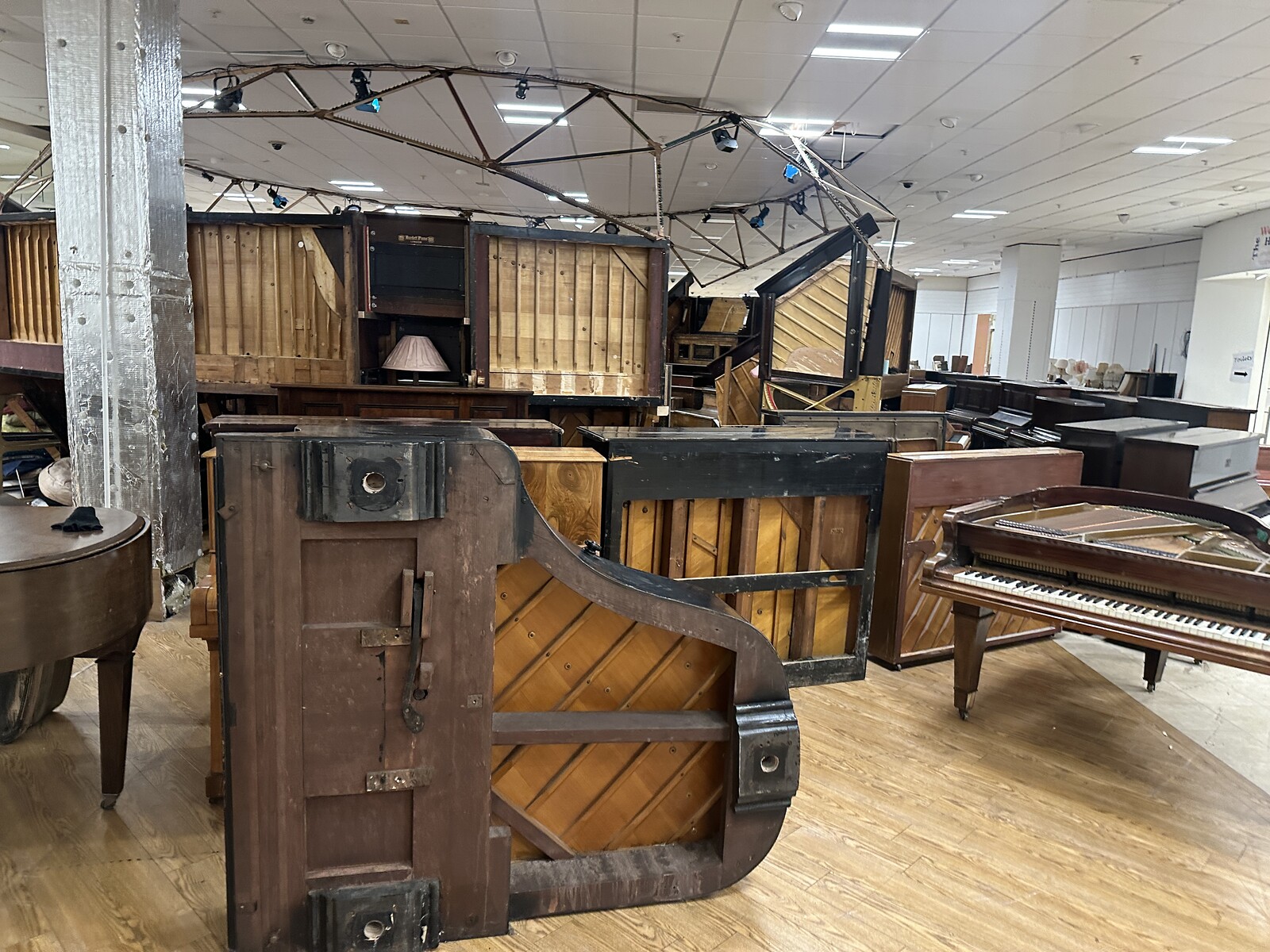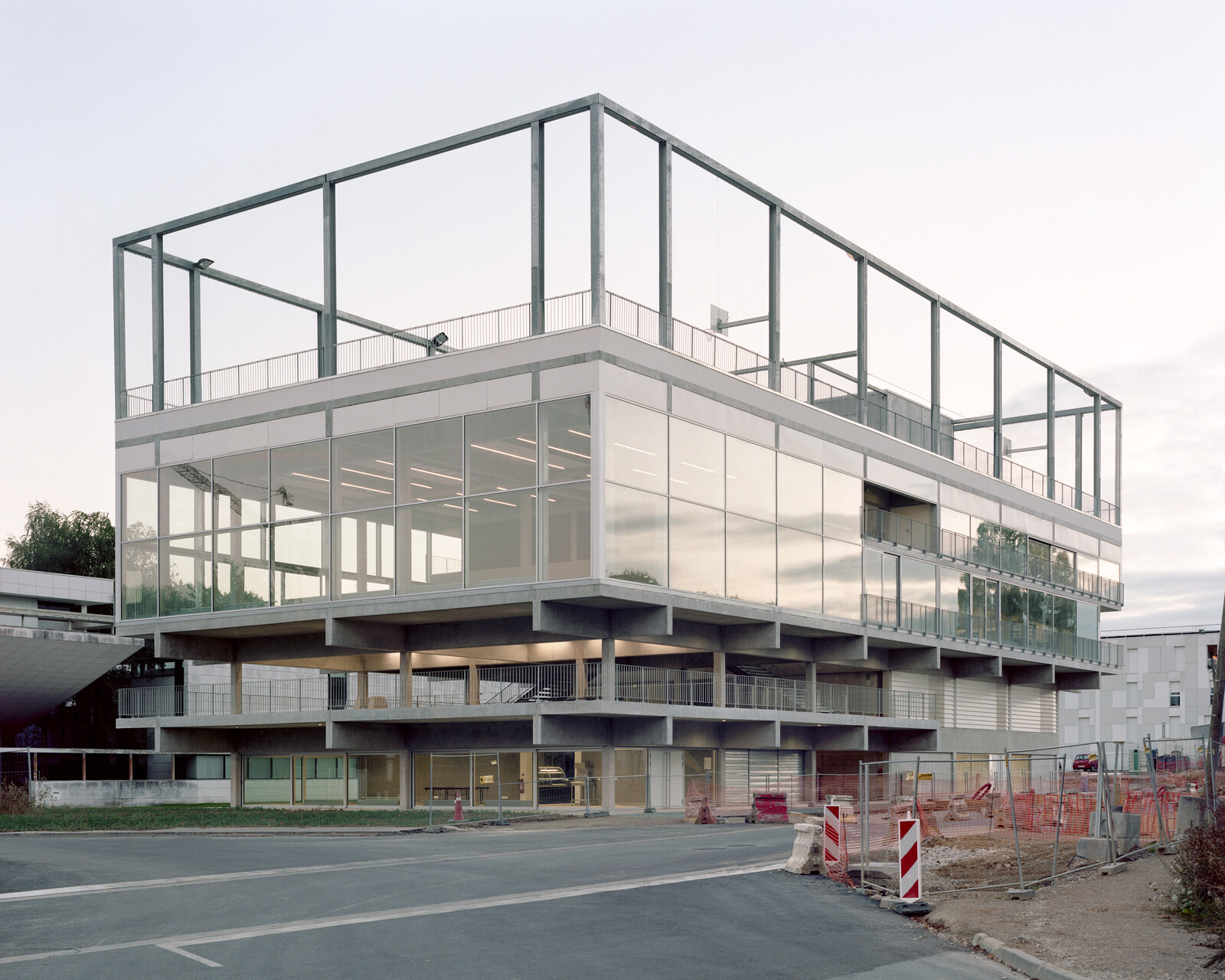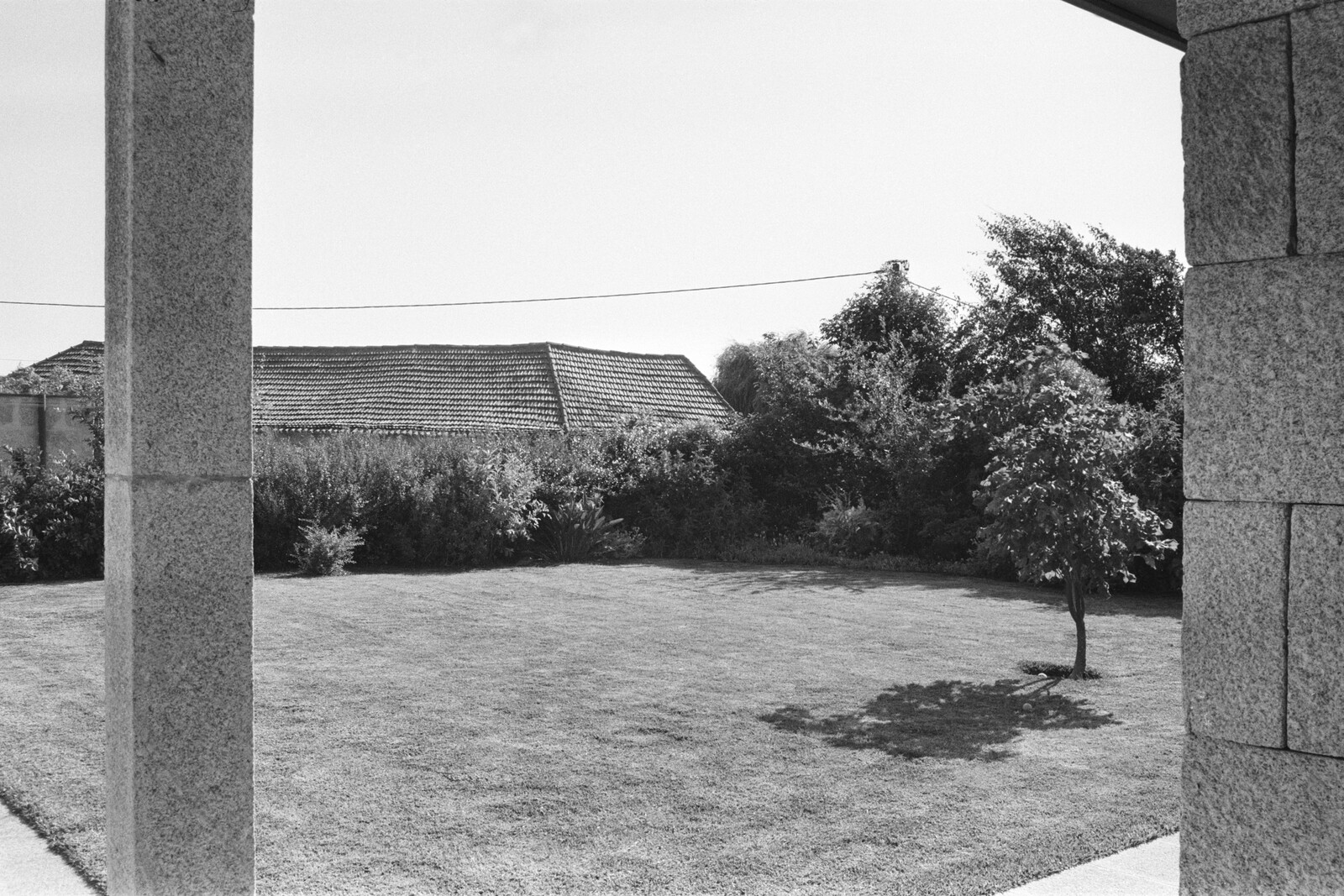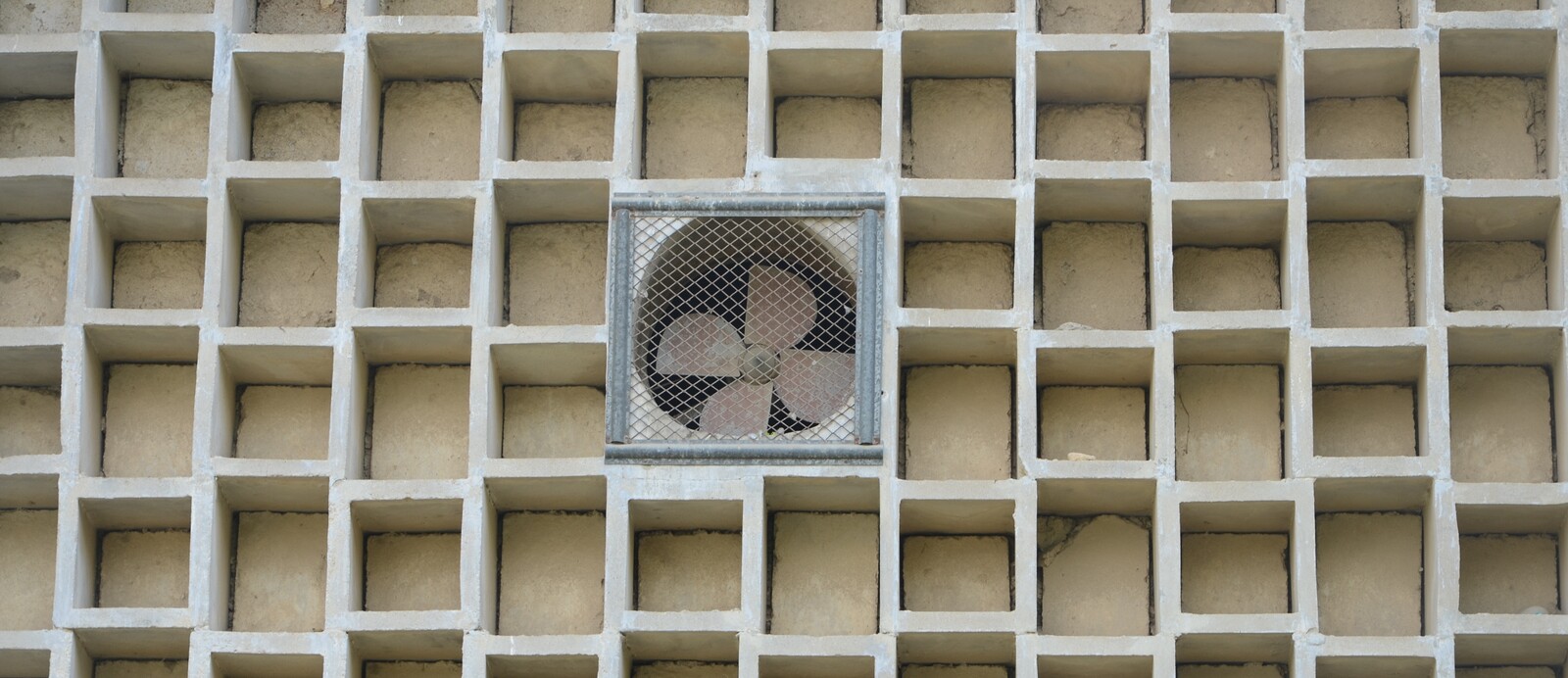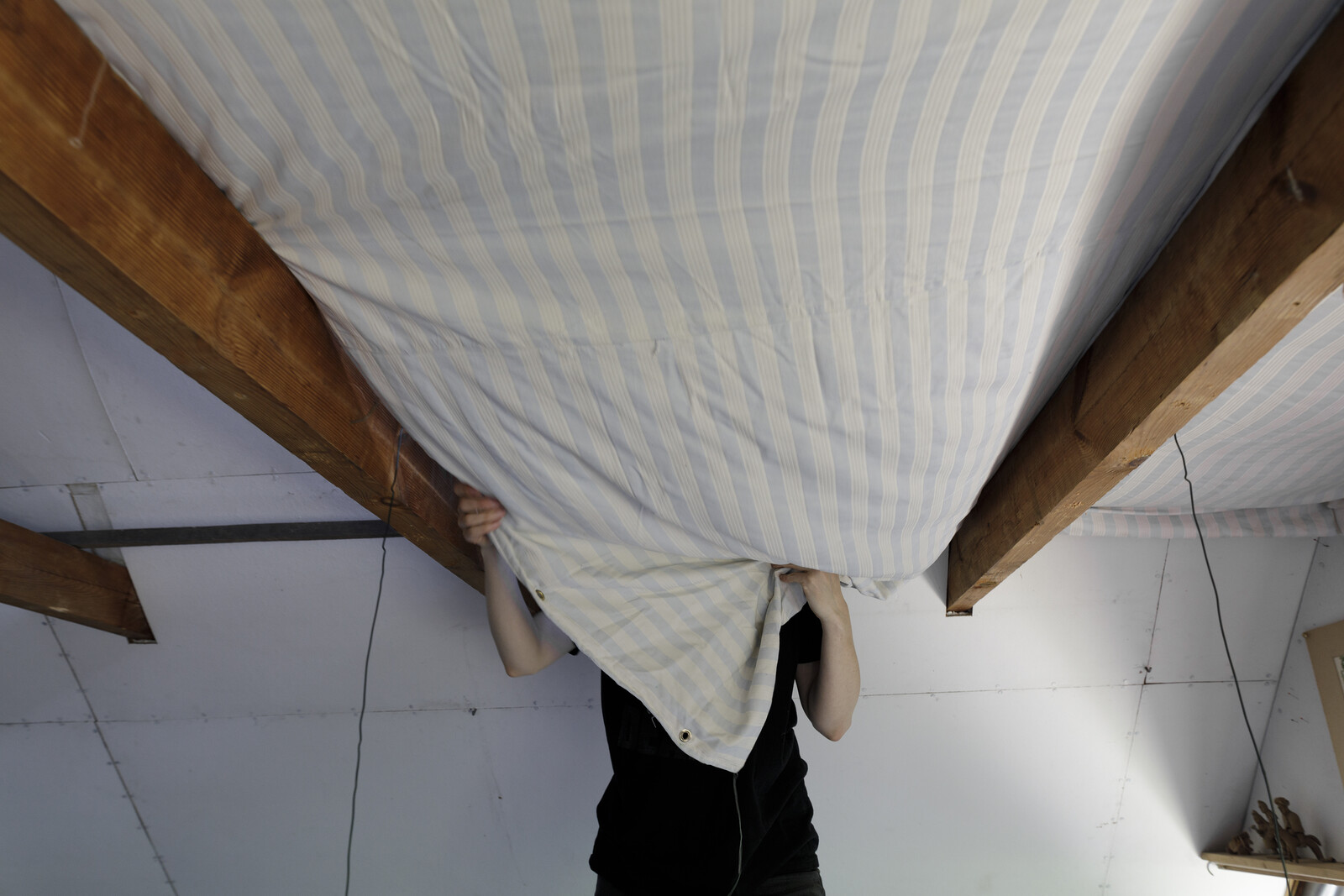Over the past century, history has been unkind to urban design. Modernism pushed for innovation in indoor conditions, while leaving the outdoor environment behind. Designers have contemplated how to navigate and experience cities with an emphasis on the speed and scale of the car. In this transit-oriented approach, the scale and sensorial experience of humans has been left behind, and along with it the quality and comfort of their public spaces. Most cities today lack shade and are filled with impermeable surfaces that spread heat and raise temperatures.
Many of the world’s most vulnerable citizens, including the elderly and low-income communities, live in homes unprepared for extreme heat due to poor insulation, ventilation, etc. These conditions, compounded by electrical grids that often fail during intense heat waves, create pervasive discomfort that pushes citizens out of their homes and into public spaces. Yet in addition to a pre-existing “park equity gap,” climate change and its projected trends endanger these public spaces, systemically compromising the comfort of open-air spaces in many parts of the world.
Missing today is a network of resilient public spaces that are designed to be functional and pleasant even in the most extreme of conditions. Bioclimatically conditioned public spaces can bring equity to the city by making comfort more accessible. But these public spaces could also be something more. As our landscapes react to climatic consequences, from sinking cities and sea-level rise to broken heat records and depleted groundwater, the next generation will have unimaginable challenges to face. That said, they can design solutions that have not yet been conceived of or developed. Turning open-air, public spaces into educational infrastructures could put students on the frontline of this effort.
Educational Public Space
Our ongoing Louis Pasteur Boulevard project at Málaga University (UMA) in Spain regenerates a large, underused, car-dominated area to make it the new main space of the university campus. The transformed, open space is to be completed with new spatial zones—Media, Digital, and Climatic Hubs—and landscape features—the Olive Grove, water infiltration points, and the Weather Ring—that are sustainable and attractive to students and community members alike.
The campus is designed to be completely open, both to the public and to the environment, and allow for everyday university activities, such as teaching, studying, meeting, reading, co-creating, etc., to take place outdoors. The boulevard doubles as a public space, exposing a larger community to the benefits of learning, collaboration, and climatic comfort. The metro stop is strategically located between open-air classrooms and the Media Hub, two spaces that encourage collective learning, sharing cultural content, and academic efficiency. These zones parallel the Olive Grove, which was once a productive agricultural space and now a symbol of sustainable management.
Our 2022 temporary installation CLOUDROOM in Columbus, Indiana, USA also blurred the lines between educational and public spaces. CLOUDROOM was an inflatable, open-air classroom that considered the importance of connection and learning in the context of a (post-)pandemic world and growing concerns about climate change. It was designed with the input of students and staff from Central Middle School in Columbus, who, after having been confined to online learning for months, resoundingly requested a space that combined education and social interaction.
CLOUDROOM functioned as a mediator between school users and the Columbus community at large. The installation was located on the school’s lawn, between the campus and the street, thus transforming it into a place where people could come together. Over the three months that it was in use, the installation became an active spot for students, their families, and the entire Columbus community.
In addition to the classes that took place in it, CLOUDROOM was didactic in its effort to raise awareness. The inflatable’s outer façade featured maple leaves—a tree characteristic of the Indiana ecosystem that in many parts of the world is in danger of extinction—while the inner façade displayed words from the 1992 United Nations’ Rio Declaration on Environment and Development, mixed with words from a school survey that reflected students’ environmental concerns, dreams, and hopes for the future.
Climatic Comfort
The Málaga University campus project brings together digital interactivity and bioclimatic comfort in ways that open up worlds of possibility for new connections between the virtual and the physical, educational space and public space, and all of the above with ecology. Bioclimatic conditioning systems, such as evaporative cooling and geothermal air circulation, are activated during the hottest times of the year to improve outdoor climatic comfort. These systems consume very little energy and are powered by solar panels. The interactive campus is equipped with sensors that monitor different climatic conditions, and myriad digital layers make this information accessible and adaptable.
In an age of social media, hyper-connectivity and new connections have been relegated to smartphones, but the Málaga project blends the experiences of making digital and physical connections. Users are able to influence the atmospheric qualities of the campus by adjusting bioclimatic conditioning systems, they are able to adjust the lighting settings around them, and they can send audiovisual messages to screens and sound systems throughout the campus. The space not only reflects and responds to users’ needs, but also encourages them to connect with each other by sharing key information on the UMA app and surrounding screens. The smart campus is an inherently digital space that promotes in-person relationships in the same ways they are promoted online: through eased interactions, immediate feedback, and endless possibilities.
These possibilities come together at the Climatic and Digital Hubs, which are the main spaces of the outdoor campus. The Digital Hub houses an interactive screen and four evaporative cooling systems, while the Climatic Hub features a digital water curtain—a bioclimatic feature that also serves as a content-sharing platform—and a system of fans with atomized water that hangs down and cools the area. Both spaces are covered by a canopy that houses solar panels, generating all of the necessary energy for the outdoor campus while also providing shade.

Cloudroom. Lunch Break Configuration. Image by ecosistema urbano.

Cloudroom. Projections Configuration. Image by ecosistema urbano.

Cloudroom. Micro Climate. Cloudroom by ecosistema urbano. Image by ecosistema urbano.

Cloudroom. Social Interface. Image by ecosistema urbano.
Cloudroom. Lunch Break Configuration. Image by ecosistema urbano.
Beyond utilizing technology in ways that improve bioclimatic conditions and offer new possibilities for interaction with the space, the campus also puts an ecological focus at the forefront by enhancing the potential of existing green spaces in the area. At the Olive Grove and Botanical Garden, over one hundred different species of trees and plants have been carefully selected with the intention of reducing water consumption and enhancing biodiversity. Furthermore, water is collected locally, infiltrating the aquifer and closing the hydrological cycle. As such, the Málaga University campus provides new green infrastructure for the city and provides citizens with tools for interacting with their environment—both physically and digitally—in ways that were not previously possible.
The CLOUDROOM also prioritized bioclimatic comfort, providing shade, clean air, and cooling breezes to the Columbus community during a hot summer. The structure was inflated with air that was purified by two contaminant-removing filters. This new, clean air was then released through textile nozzles at the base of the canopy, thus creating a natural breeze that pushed hot air upwards through the central oculus. Inside the space, users were not only met with heightened thermal comfort and improved air quality: they were also encouraged to contemplate what those climatic conditions mean on a larger scale via a didactic lighting scheme. The installation contained LEDs within its inflatable body that were coded to represent changing climatic patterns—rising temperatures, deforestation, and CO2 levels—over the last century. These lighting patterns brought the installation to life at night while aiming to raise awareness about climate change and our shared responsibility to combat it.
Equitable Comfort
People yearn more and more to be in quality public space, but this public space is being challenged by extreme climatic patterns. CLOUDROOM and Louis Pasteur Boulevard at Málaga University reimagine ways of creating climatic comfort by examining the relationship between the physical, the digital, and the ecological within an educational context, thus giving the leaders of tomorrow the tools they need to create a greener, healthier future.
Continuing this work, we are currently developing Polinature: a plug-in piece of urban furniture that has been designed as a short-term solution for bringing climatic comfort to public spaces and communities that currently lack it.1 Its principal goal is to bring equity to the city by making comfort more accessible. The tower is formed by a simple kit of parts, including native plant species that highlight the power of biodiversity in lowering temperatures. The open-air meeting point fosters an educational experience through the use of climatic sensors that are connected to a mobile app and screens that visualize the positive impact the installation has on the environment around it. The low-tech, low-cost design will be made available as an open-source manual so that it can be implemented in communities across the world.
The first iteration, funded by the Harvard Climate Change Solutions Fund, will open in August 2024.
After Comfort: A User’s Guide is a project by e-flux Architecture in collaboration with the University of Technology Sydney, the Technical University of Munich, the University of Liverpool, and Transsolar.
